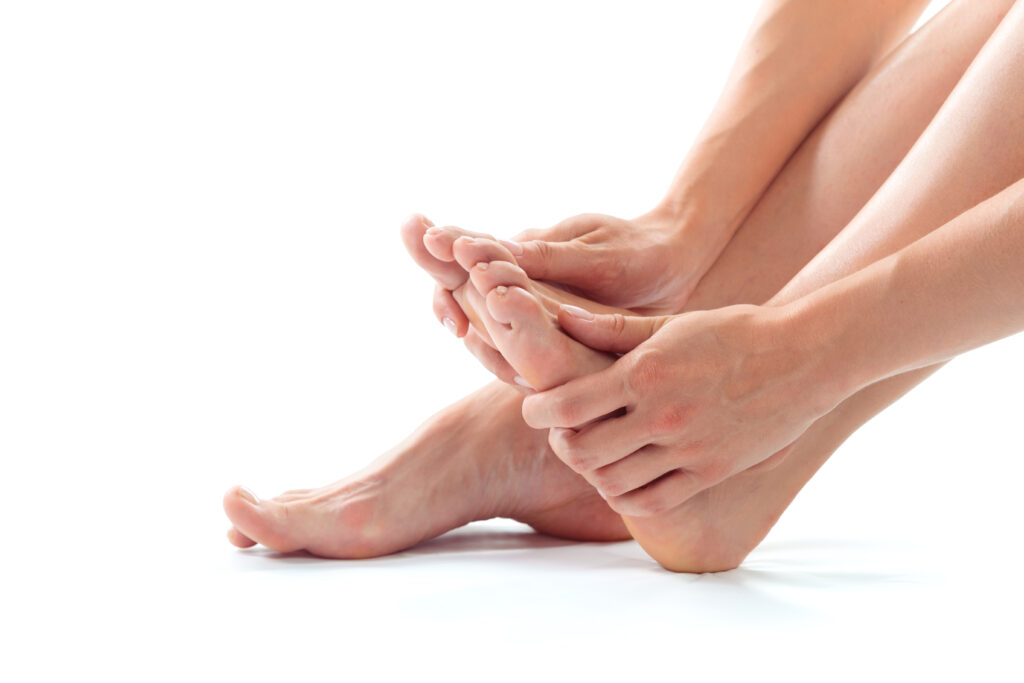Running is an exhilarating and rewarding form of exercise that offers numerous health benefits, including improved cardiovascular fitness, stress reduction, and weight management.
However, like any physical activity, running carries the risk of injury.
From novice joggers to seasoned marathoners, runners are susceptible to a range of common injuries that can sideline their training and hinder their progress.
Understanding these injuries and implementing preventive measures is essential for maintaining a healthy and sustainable running regimen.
In this article, we will highlight the tips to prevent running injuries including the most common injuries in runners.
Most Common Running Injuries
1. Shin Splints
Shin splints, or medial tibial stress syndrome, are one of the most prevalent injuries among runners, characterized by pain along the shin bone (tibia).
This condition often arises from overuse, improper footwear, or running on hard surfaces.
Prevention Tips:
- Gradually increase mileage and intensity to allow your body to adapt.
- Invest in supportive footwear with adequate cushioning and arch support.
- Incorporate cross-training activities to reduce repetitive stress on the shins.
- Ensure proper running form and avoid overstriding, which can exacerbate shin splints.
2. Runner’s Knee (Patellofemoral Pain Syndrome)
Runner’s knee is a common injury marked by pain around or behind the kneecap, especially during activities like running, squatting, or climbing stairs.
It often results from factors such as weak thigh muscles, overpronation, or improper running mechanics.
Prevention Tips:
- Strengthen quadriceps and hamstrings through targeted exercises like squats, lunges, and leg presses.

- Use orthotics or supportive shoe inserts to correct overpronation and improve alignment.
- Gradually increase running volume and intensity while allowing for adequate rest and recovery.
- Incorporate cross-training activities like swimming or cycling to reduce impact on the knees.
3. IT Band Syndrome
The iliotibial (IT) band is a thick band of tissue that runs along the outside of the thigh, connecting the hip to the knee.
IT band syndrome occurs when this tissue becomes inflamed, resulting in sharp pain on the outside of the knee, especially during downhill running or prolonged activity.
Prevention Tips:
- Perform regular foam rolling and stretching to alleviate tightness in the IT band and surrounding muscles.
- Strengthen hip abductor and gluteal muscles to improve hip stability and reduce strain on the IT band.
- Avoid sudden increases in training volume or intensity, which can contribute to overuse injuries.
- Incorporate lateral leg exercises such as side leg lifts and clamshells to target the muscles supporting the IT band.
4. Plantar Fasciitis
Plantar fasciitis is a common cause of heel pain among runners, characterized by inflammation of the plantar fascia—a thick band of tissue that supports the arch of the foot.
Factors such as overpronation or Flat foot, tight calf muscles, or inadequate arch support can contribute to this condition.

Prevention Tips:
- Wear supportive shoes with proper arch support and cushioning, especially during running.
- Stretch calf muscles and plantar fascia regularly to maintain flexibility and prevent tightness.
- Gradually increase running mileage and avoid sudden changes in terrain or running surface.
- Consider using orthotic inserts or heel cups to alleviate pressure on the plantar fascia.
5. Achilles Tendinitis
Achilles tendinitis is characterized by inflammation of the Achilles tendon, the large tendon that connects the calf muscles to the heel bone.
Runners with tight calf muscles, improper footwear, or sudden increases in training intensity are at increased risk for this injury.
Prevention Tips:
- Incorporate calf stretches and eccentric calf strengthening exercises into your routine to improve tendon flexibility and resilience.
- Gradually increase running mileage and avoid excessive hill running, which can strain the Achilles tendon.
- Replace worn-out running shoes regularly to ensure adequate cushioning and support.
- Consider cross-training activities like swimming or cycling to reduce strain on the Achilles tendon while maintaining cardiovascular fitness.
In conclusion, while running offers numerous benefits for physical and mental well-being, it’s essential to be mindful of the risks associated with this activity.
By understanding the common injuries that afflict runners and implementing preventive strategies such as proper footwear, strength training, and gradual progression, runners can minimize their risk of injury and enjoy a lifetime of healthy, injury-free running.
